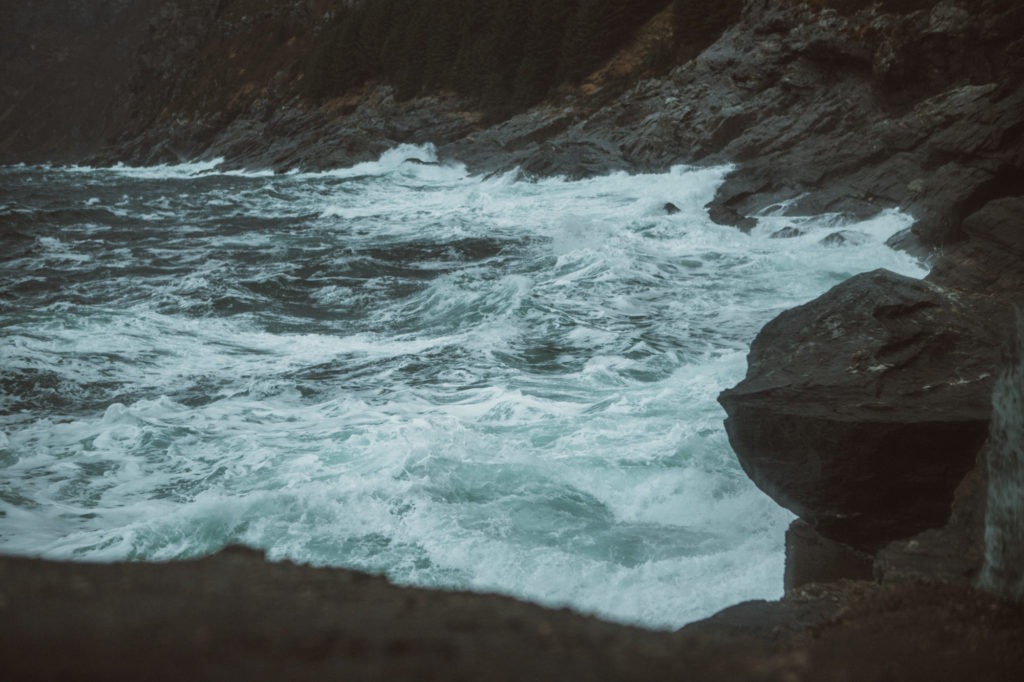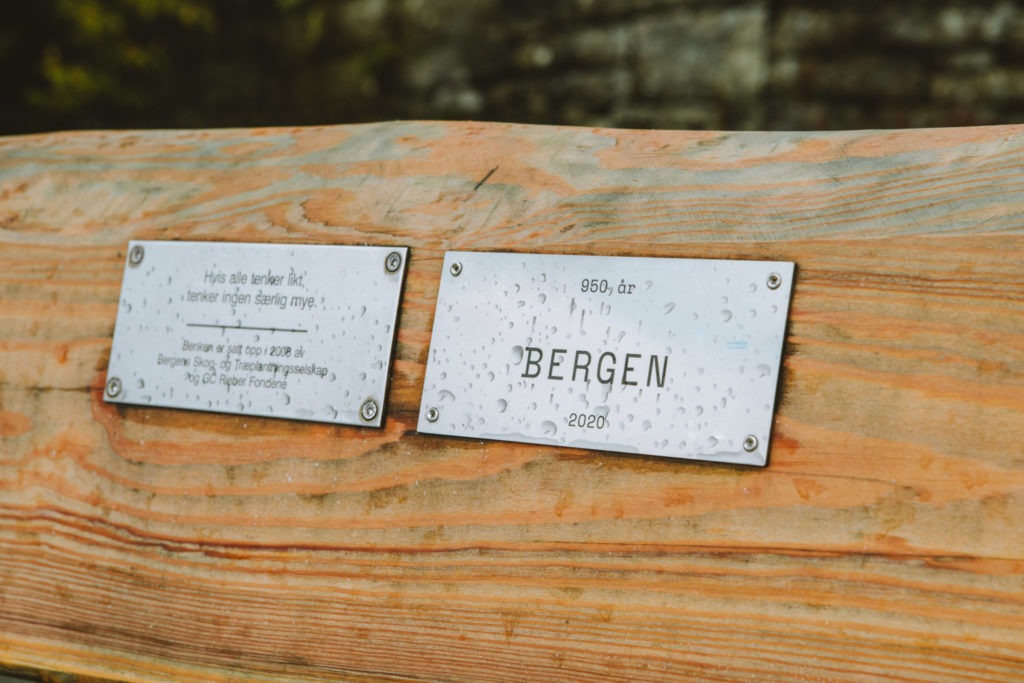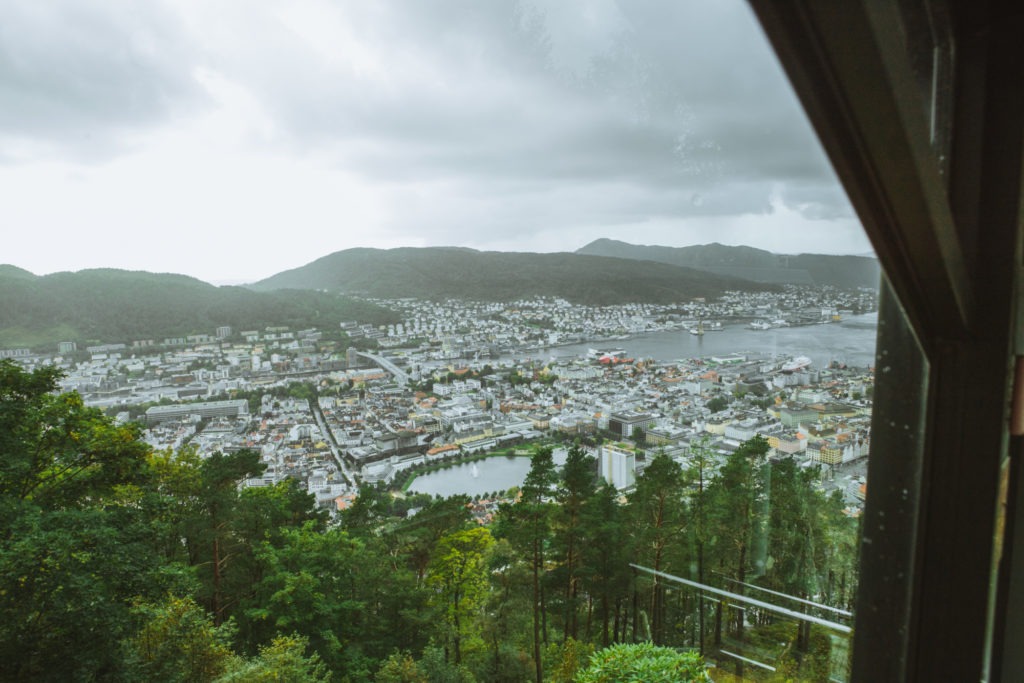The Inventor
The snow splashes to the sides when the narrow wooden strip slides through it. From side to side, between frozen trees, over snow-covered boulders and down steep hills, we whizz down the mountain. On this February afternoon, we are in Burfjord, a small village between tall mountains and long fjords in Northern Norway. The 42-year-old that comes down the mountain first is a long-time alpine enthusiast, economist and inventor. The inventor of the world’s lightest alpine ski. Even though Bjarte Hollevik doesn’t look like a mad scientist or stereotypical inventor, he has a passion. And where there’s a passion, there’s room for innovation. After countless trips up and down the snowy mountains of Norway, he was getting annoyed by the weight of the skis. There had to be a way to make these skis lighter.
“The inspiration to make the world’s lightest ski simply is a result of me being terrible at losing weight.”
Proving Them Wrong
Bjarte started researching all the technical aspects of alpine ski making and decided to try out something that had been disputed in the skiing community. After extensive research, he started sketching. Despite experts and engineers claiming that his chosen material wouldn’t be able to withstand the intense pressure, he wanted to try anyway. He sent his sketch to a manufacturer in Sweden. After they made the first prototype, the Swedish manufacturer called and asked if he had forgotten something in the ski since it was so light. That’s when he figured that this could actually work. He tried them and continued tweaking until he had something light, yet durable.
Of course, the recipe is secret, but he reveals that the skis are made of a mixture between European beech, foam and the Chinese tree type paulownia. While the average ski weighs about 2,5 kilograms, Bjarte’s skis clock in at just 1130 grams, less than half of the average. He started Moonlight Mountain Gear in 2014 and has since sold a few thousand pairs of the world’s lightest ski. In 2018 and 2019, Moonlight won the ISPO-award for best alpine ski, becoming the first company to ever win two years in a row.
Innovation
The World’s lightest ski is not the only innovation Bjarte and Moonlight Mountain Gear have in stock. They also make and sell the world’s brightest headlamp, blasting a whopping 16000 lumens. Lumen is a measurement used to calculate the brightness of a light source. An average light bulb emits about 250 lumens, making Moonlight’s headlamp 64 times brighter than your normal bulb. Now, Bjarte and the others at Moonlight Mountain Gear are currently working on a new project, which is yet to be revealed, but as far as we know there will be innovation in the driver’s seat.
Harvesting the Fruits of the Trip
For decades, Bjarte has spent his winters in slopes and mountains, with different skis strapped to his legs. Like many Norwegians, this sport is a favourite. The feeling of adrenaline rushing through your veins, snow in the air, and the wind flowing through your hair is truly a great feeling. And after hours of ascending, what better way to end a great journey by whizzing down the mountain?
“The best thing about descending is the feeling of harvesting the fruits of your ascend up the mountain and have fun in new and perfect snow.”
Interesting read? Check out our other blog posts at nuetaquavit.com/stories and follow our Instagram @nuetaquavit for more content like this.
Banner photo by Kjell Ellefsen.











































